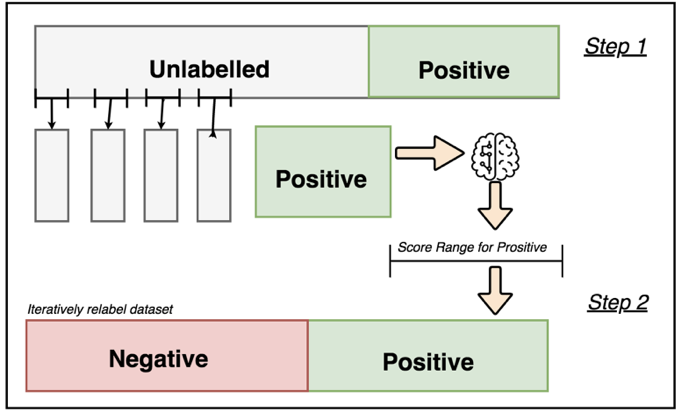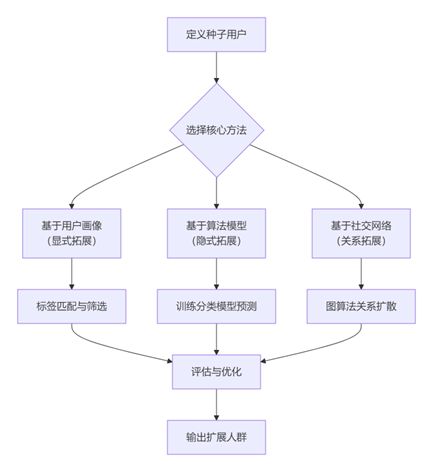旅行商问题简介
旅行商问题(Traveling Salesman Problem,简称TSP)是路径规划中的一个经典问题。旅行商问题是指一个旅行商人需要拜访N个城市,他必须选择一条路径,使得每个城市只被拜访一次,并最终返回出发城市。这条路径的目标是要求总路程为所有可能路径中的最小值。这个问题可以被视为一个组合优化问题,并且是NP-hard问题,随着城市数量的增加,解的空间呈指数级增长,使得求解变得非常复杂。

问题定义
给定一个城市集合以及这些城市之间的距离(或成本或时间),旅行商问题可以形式化定义如下:
- 有一个城市集合$\{C_1, C_2, …, C_N\}$。
- 每对城市$C_i$和$C_j$之间有一个非负距离$d(C_i, C_j)$。
- 目标是找到一个最短的闭合路径$\text{Tour}$,使得旅行商访问每个城市一次,然后回到起点。
即求解:
$$\min_{\sigma \in S_N}\sum_{i=1}^{N-1}d(C_{\sigma(i)}, C_{\sigma(i+1)})+d(C_{\sigma(N)}, C_{\sigma(1)})$$
其中,$\sigma$表示城市的一个排列,$S_N$是所有可能排列的集合。
应用场景
旅行商问题问题在许多实际应用中都有重要意义。例如:
- 物流规划:在物流领域,TSP可以用于规划货物的最短路径,从而降低运输成本并提高效率。
- 电路板制造:在电子制造业中,TSP可以帮助规划电路板上元件的最短连接路径,以优化电路布局。
- 网络路由:在计算机网络领域,TSP也可应用于路由算法中,以寻找数据包传输的最短路径。
解决方法
由于TSP问题的复杂性,实际应用中通常采用近似算法或启发式方法来寻找满意解而非绝对最优解。以下是一些常用的解决策略:
- 精确算法:
- 动态规划:例如Held-Karp算法,可以在$O(N^2 \cdot 2^N)$时间复杂度内求解TSP。
- 分支定界法(Branch and Bound):通过剪枝策略减少搜索空间。
- 线性规划(Linear Programming)和割平面法(Cutting Plane Method):通过将问题转换为线性规划问题并逐步添加约束。
- 近似算法和启发式算法:
- 贪心算法(Greedy Algorithm):每一步选择当前最优的选项,例如最近邻算法(Nearest Neighbor Algorithm)。
- 局部搜索算法(Local Search):例如2-opt、3-opt等算法,通过交换部分路径来逐步改进解。
- 元启发式算法(Metaheuristic Algorithms):包括遗传算法(Genetic Algorithms)、模拟退火(Simulated Annealing)、禁忌搜索(Tabu Search)、蚁群算法(Ant Colony Optimization)和粒子群优化(Particle Swarm Optimization)等。
变体问题
TSP还有许多变体,例如:
- 带时间窗的旅行商问题(TSP with Time Windows, TSPTW):除了最小化路径长度,还要求在给定的时间窗内访问每个城市。
- 多旅行商问题(Multiple TSP, mTSP):涉及多个旅行商同时进行路径规划。
- 车辆路径问题(Vehicle Routing Problem, VRP):在TSP的基础上考虑车辆容量、配送中心等额外约束。
总体而言,旅行商问题不仅是一个理论上具有挑战性的问题,也是实际应用中十分重要的一个问题,通过研究各种求解方法,可以为路径优化、资源调度等提供有效的解决方案。
旅行商问题实战
解决旅行商问题(TSP)的方法很多,Python提供了多种工具和库来实现这些方法。以下是一些常用的方法和库:
使用itertools和暴力搜索
对于小规模的TSP,可以使用暴力搜索方法,即枚举所有可能的路径并找出最短的那一个。这种方法由于时间复杂度为$O(N!)$,只适用于城市数量较少的情况(一般不超过10个城市)。
import itertools
# 定义城市之间的距离矩阵
distances = [
[0, 10, 15, 20],
[10, 0, 35, 25],
[15, 35, 0, 30],
[20, 25, 30, 0]
]
# 计算路径长度
def calculate_path_length(path, distances):
return sum(distances[path[i]][path[i+1]] for i in range(len(path)-1)) + distances[path[-1]][path[0]]
# 所有城市的索引
cities = range(len(distances))
# 所有可能的城市排列
all_permutations = itertools.permutations(cities)
# 找到最短路径
shortest_path = min(all_permutations, key=lambda path: calculate_path_length(path, distances))
shortest_path_length = calculate_path_length(shortest_path, distances)
print("最短路径:", shortest_path)
print("路径长度:", shortest_path_length)
使用networkx库
networkx是一个强大的网络分析库,可以方便地处理图和路径问题。
import networkx as nx
# 定义城市之间的距离矩阵
distances = [
[0, 10, 15, 20],
[10, 0, 35, 25],
[15, 35, 0, 30],
[20, 25, 30, 0]
]
# 创建一个完全图
G = nx.complete_graph(len(distances))
# 添加权重(距离)
for i in range(len(distances)):
for j in range(len(distances)):
if i != j:
G[i][j]['weight'] = distances[i][j]
# 使用networkx的内置函数解决TSP
tour = nx.approximation.traveling_salesman_problem(G, cycle=True)
length = sum(G[tour[i]][tour[i+1]]['weight'] for i in range(len(tour)-1))
print("最短路径:", tour)
print("路径长度:", length)
使用scipy库的optimize模块
scipy提供了许多优化工具,可以用来解决TSP。
import numpy as np
from scipy.optimize import linear_sum_assignment
# 定义城市之间的距离矩阵
distances = np.array([
[0, 10, 15, 20],
[10, 0, 35, 25],
[15, 35, 0, 30],
[20, 25, 30, 0]
])
# 使用匈牙利算法解决TSP
row_ind, col_ind = linear_sum_assignment(distances)
# 计算路径长度
path_length = distances[row_ind, col_ind].sum()
print("路径:", col_ind)
print("路径长度:", path_length)
使用Google OR-Tools
OR-Tools是Google开源的一个优化工具包,包含了解决TSP的功能。
from ortools.constraint_solver import pywrapcp
from ortools.constraint_solver import routing_enums_pb2
# 定义城市之间的距离矩阵
distances = [
[0, 10, 15, 20],
[10, 0, 35, 25],
[15, 35, 0, 30],
[20, 25, 30, 0]
]
# 创建路由模型
def create_data_model():
return {'distance_matrix': distances, 'num_vehicles': 1, 'depot': 0}
data = create_data_model()
manager = pywrapcp.RoutingIndexManager(len(data['distance_matrix']), data['num_vehicles'], data['depot'])
routing = pywrapcp.RoutingModel(manager)
def distance_callback(from_index, to_index):
return data['distance_matrix'][manager.IndexToNode(from_index)][manager.IndexToNode(to_index)]
transit_callback_index = routing.RegisterTransitCallback(distance_callback)
routing.SetArcCostEvaluatorOfAllVehicles(transit_callback_index)
search_parameters = pywrapcp.DefaultRoutingSearchParameters()
search_parameters.first_solution_strategy = routing_enums_pb2.FirstSolutionStrategy.PATH_CHEAPEST_ARC
solution = routing.SolveWithParameters(search_parameters)
if solution:
index = routing.Start(0)
plan_output = 'Route:\n'
route_distance = 0
while not routing.IsEnd(index):
plan_output += '{}->'.format(manager.IndexToNode(index))
previous_index = index
index = solution.Value(routing.NextVar(index))
route_distance += routing.GetArcCostForVehicle(previous_index, index, 0)
plan_output += '{}\n'.format(manager.IndexToNode(index))
print(plan_output)
print('路径长度:', route_distance)
else:
print('No solution found!')



